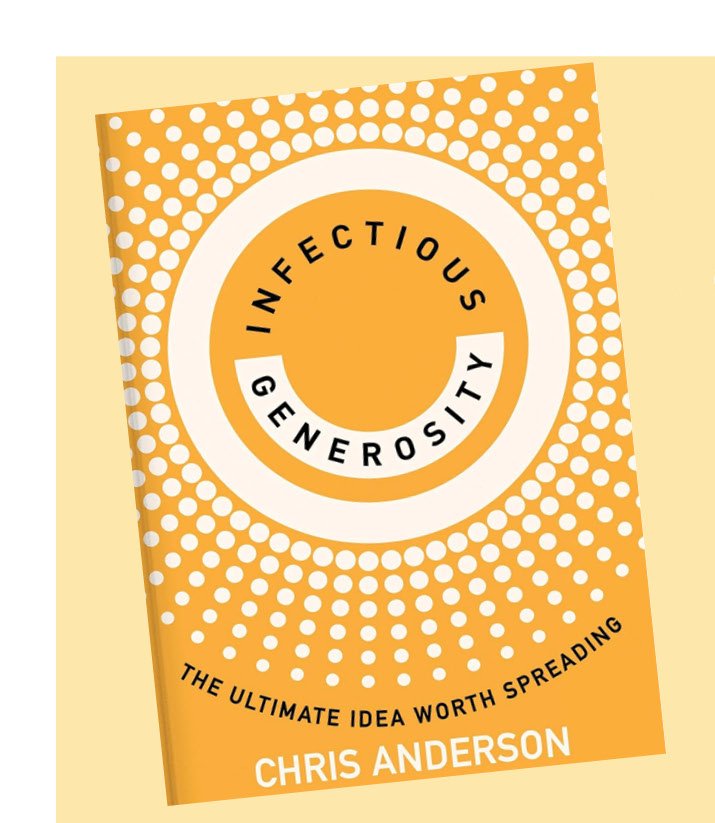By Catherine Carlson
This is Halloween season, and many of us love a good vampire costume, movie, or book. We might think that vampires are only the stuff of fantasy, but Dr. Christiane Northrup’s latest book, Dodging Energy Vampires, discusses just how real energy vampires are. According to Northrup, these characters do exist among us, draining another’s energy, and their primary relationships are with those who exhibit empathic personality traits.
Dr. Northrup is well known for her books on women’s health, and this may seem like a departure for her, however, she maintains that in her experience this subject matter is an overlooked cause of issues in otherwise healthy patients. It has only been since the early 1990s that energy vampires became recognized by the mental health profession. People with vampire traits are also known as narcissists or borderline personality types.
Empaths are highly sensitive folks, typically compassionate, understanding, and helpful. On the other side of the spectrum is the energy vampire, someone who is not only unsupportive, but actually feeds off another’s energy. These two opposites can easily come together as friends, family, partners, or co-workers. An energy vampire might not have fangs or avoid the sunshine, but they also might not be very easy to recognize at first—especially in a romantic relationship where they may present themselves as practically perfect.
An example of this is someone that flatters another, but underneath is actually quite manipulative. This energy vampire may downplay their wrong doings or refuse to take responsibility for their actions. They may then redirect their partner’s focus by giving them compliments or gifts. In a empath/vampire relationship, the empath may find themselves doing the bulk of the work, and when they attempt to pull back on their load or interactions, the vampire partner will play into the other partner’s emotions, making the empath feel as if they did something wrong. Another common relationship is the one-way street type, such as a friend or family member that only calls when they have a problem or want something, but they are never available when others are in need. Since the empath sincerely desires to help and believes that most people have well-meaning intentions, they are vulnerable and may not perceive what is really going on until they find themselves exhausted. Northrup states that once an empath awakens to the true nature of this type of relationship, that the crux of the problem lies in the empath’s belief that with enough time and care, he or she can change the energy vampire, yet this is a mistaken belief.
The author gives a wonderful metaphor for the energy exchange with the example of mistletoe—a parasitic plant. In order to grow, Mistletoe most often requires a share of the tree’s nutrient supply. This plant will usually take much more than it needs from the tree, and if the tree is not strong enough, its health will fail.
Northrup hopes people will read this book not as a straight path to healing, but as a “smorgasbord of techniques,” choosing which ones work best for them. Her techniques appear to be well researched and tested. She cites several psychologists (experts on this particular subject) and what they have found that works and what does not. There is an array of different exercises from simple to complex, including imprint removal and a forty-day rebirth process. She also includes an enlightening “Causes of Health” chapter.
Opening the inside cover of this book says it all. It is covered in a subtle garlic bulb print. Northrup’s hope in sharing the material in this book is that empaths will recognize themselves and take steps to bring their psyches and health back into balance, thus “transforming empathy into a superpower.”
Catherine Carlson grew up in Ann Arbor and returned in 2014 to raise her family after many years living on both coasts. Her professional interests include aura-soma, astrology, and writing.






























































































































































































In Custodians of Wonder, author Eliot Stein embarks on a captivating journey across five continents, introducing readers to ten remarkable individuals dedicated to preserving endangered cultural traditions.